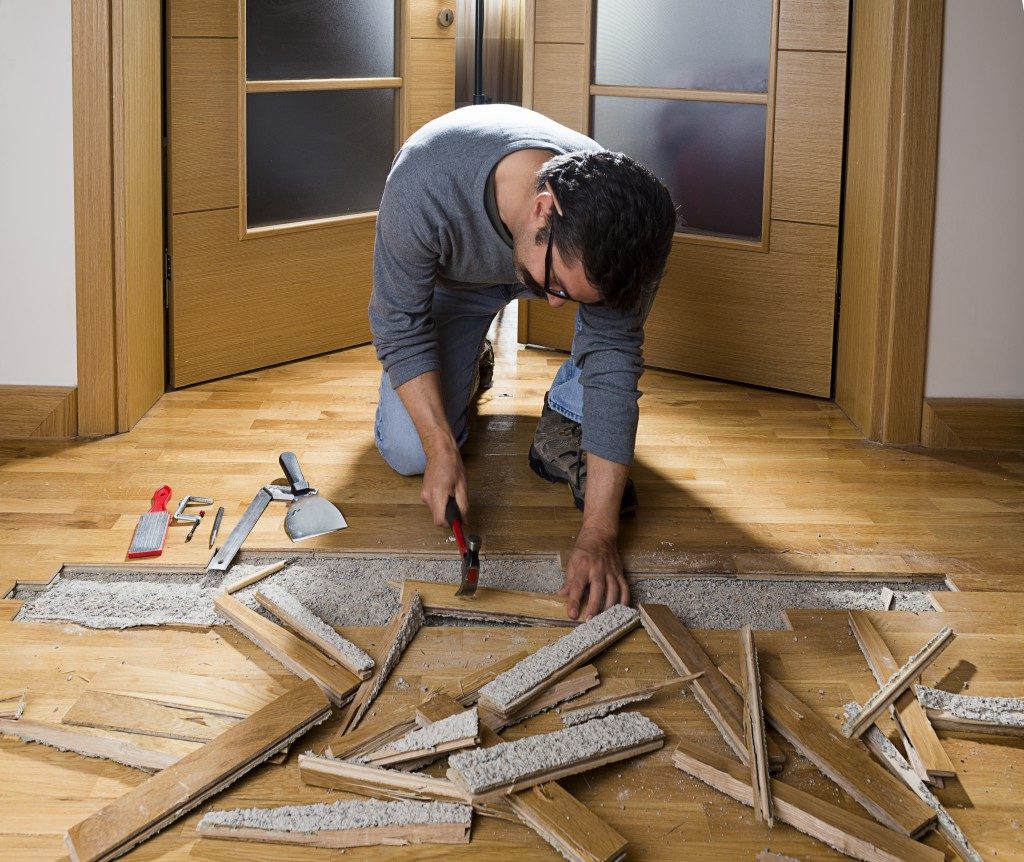Laminate flooring is a great alternative to wooden floors and works well in any room. Cheaper than real hardwood, it's simple to install and it's durable. Not only that, the variety of colours and finishes to choose from means it's an affordable and versatile flooring option that will make your room look fashionable and elegant.
However, laminate doesn't take water well, and it's not often you'll find a laminate that has been pre-treated for water-resistance. Unprotected, laminate will swell and eventually splinter when it becomes too large for the area it was laid down in. When this happens, it can make the floor look cheap and shabby. And on top of that, it can also become something of a hazard.
There are a few ways of protecting your laminate floor from water, though. The first and most obvious choice would be to replace your laminate floor with a new pre-waterproofed flooring - an expensive and drastic solution perhaps, but when you have a lifestyle that perhaps lends itself to a lot of spillages (particularly if there are young children and pets around), then a pre-treated floor complete with guarantee would be one way to solve the problem.

However, if you're looking for a quick DIY approach, there are other solutions to consider.
Sealing up the joints where the planks meet as you install them means that any water or dampness won't seep between them. You can find laminate sealant in most DIY stores, both in the high street and online, and the great thing about it is that it's not actually a glue - you can still lift the planks individually should you need to. Make sure you know which laminate you have before choosing your sealant, as it's important to make sure the sealant allows the laminate to expand and contract easily, reducing the chance of damage. Often, laminate manufacturers also provide their own sealants, but failing that, ask a DIY specialist.
Using silicone caulk in between the gaps where your planks are most likely to expand does a similar job to the sealant. Silicone is flexible, too, so it will still allow movement when your laminate expands and contracts.

Applying a polyurethane coating to your flooring is the next most effective solution, since it protects the planks themselves and not just the gaps in between them. The downside to using polyurethane is that it doesn't stick well to the finish on the laminate flooring. Depending on the type of finish you have, you may need several coats before a durable waterproof coating is achieved. Whatever method you choose, there are plenty of DIY specialists on hand to give advice, either in local stores or online, to ensure you can enjoy a long-lasting beautiful laminate floor.
